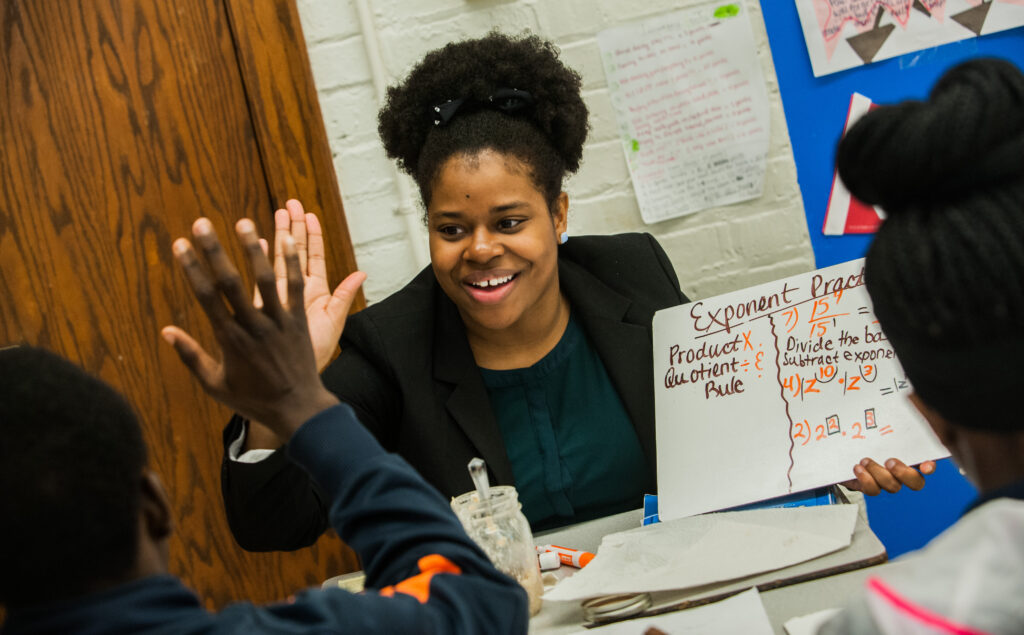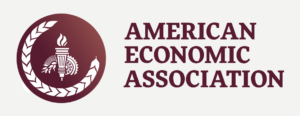Saga Education High-Dosage Tutoring

Since 2012, the University of Chicago Education Lab has partnered with the nonprofit Saga Education to evaluate its high-dosage tutoring model across Chicago and New York City schools.
Challenge
Disparities in educational achievement for students of color and students from low-income households have been a persistent feature of U.S. schooling over the past several decades, and these disparities have only been exacerbated by the pandemic.
Opportunity
Saga Education’s high-dosage, individualized, during-the-school-day tutoring model effectively reduces long-standing disparities in learning and addresses the potential mismatch between a student’s foundational skills and their classroom work. The Education Lab conducted randomized controlled trials of several Saga Education high-dosage tutoring models. The findings from these studies will inform the next steps in determining how to scale up high-dosage tutoring effectively.
Project overview
Since 2012, the University of Chicago Education Lab has partnered with the nonprofit Saga Education to evaluate its high-dosage tutoring model across Chicago and New York City schools. Saga Education provides evidence-based high-dosage tutoring to underserved students in schools across the United States. Saga Education’s traditional high-dosage tutoring model is offered to students daily, during the school day, in 50-minute periods with a student-to-tutor ratio of 2:1.
Our initial evaluation of Saga Education’s traditional 2:1 high-dosage tutoring model from 2013-2015 in Chicago Public Schools served over 2,000 ninth- and tenth-grade students. Results from this randomized controlled trial (RCT) found immense impacts on student outcomes, with students gaining one to two-and-a-half years of additional math learning in just one year, compared to students who did not receive Saga tutoring.
Since then, the Education Lab has continued its research agenda on high-dosage tutoring, partnering with Saga Education, Chicago Public Schools, and the New York City Department of Education to pursue additional RCTs, including:
- Saga Match: 9th Grade Algebra RCTs (2:1), 2013-15
Does Saga Education’s math tutoring model work? - Saga Literacy: 1st Grade Literacy RCT (2:1), 2016-2018
Does Saga Education’s tutoring model hold across content and age? - Saga Scale-Up: 9th Grade Algebra RCTs (2:1) for Tutor Effects, 2016-2018
Do Saga Education’s effects hold as the program scales? - Saga Technology: 9th Grade Algebra RCTs (4:1 Blended Learning Model), 2018-2020
How can we reduce costs while maintaining effectiveness?
The pandemic has led to steep, unprecedented student learning declines and has exacerbated gaps between high and low-achieving students. The results from our several RCTs of Saga Education’s high-dosage tutoring model will inform the next steps in figuring out how to scale up high-dosage tutoring effectively.
Years Active
2012 – present
Topics

Not Too Late: Improving Academic Outcomes Among Adolescents
Read our academic paper on the early Saga studies published in the American Economic Review.
